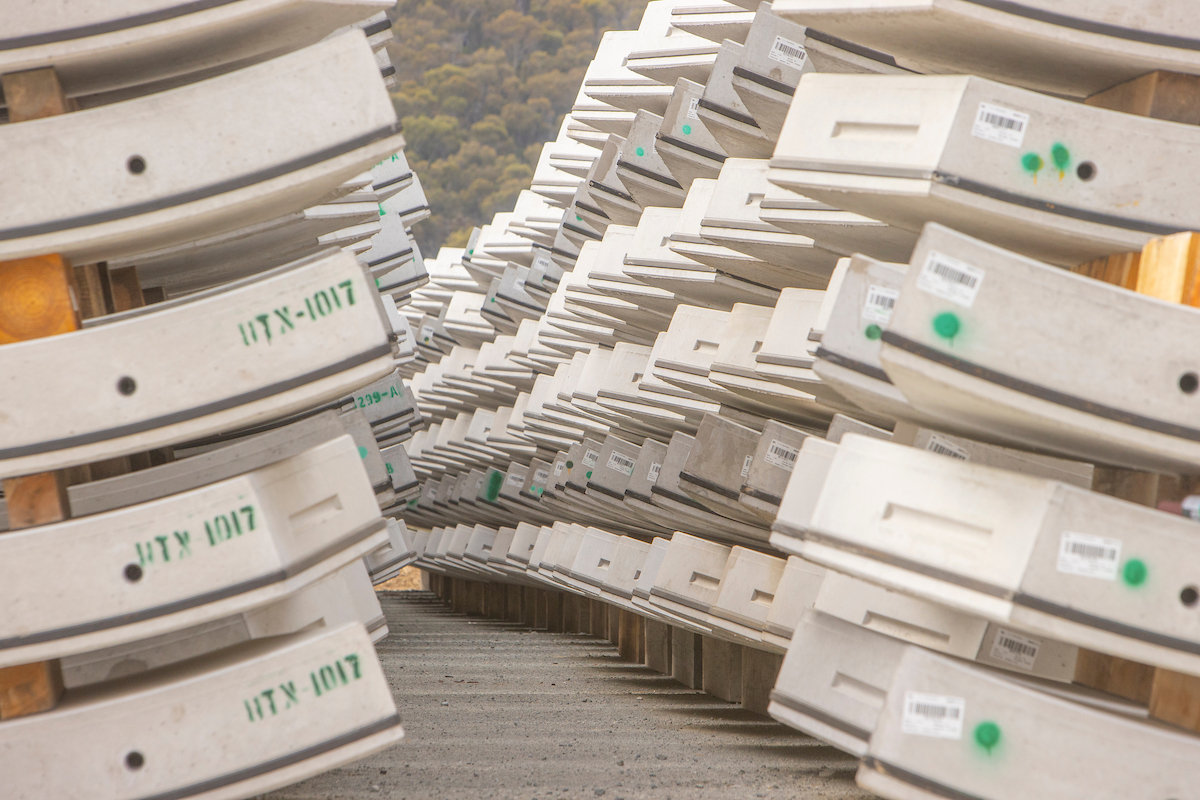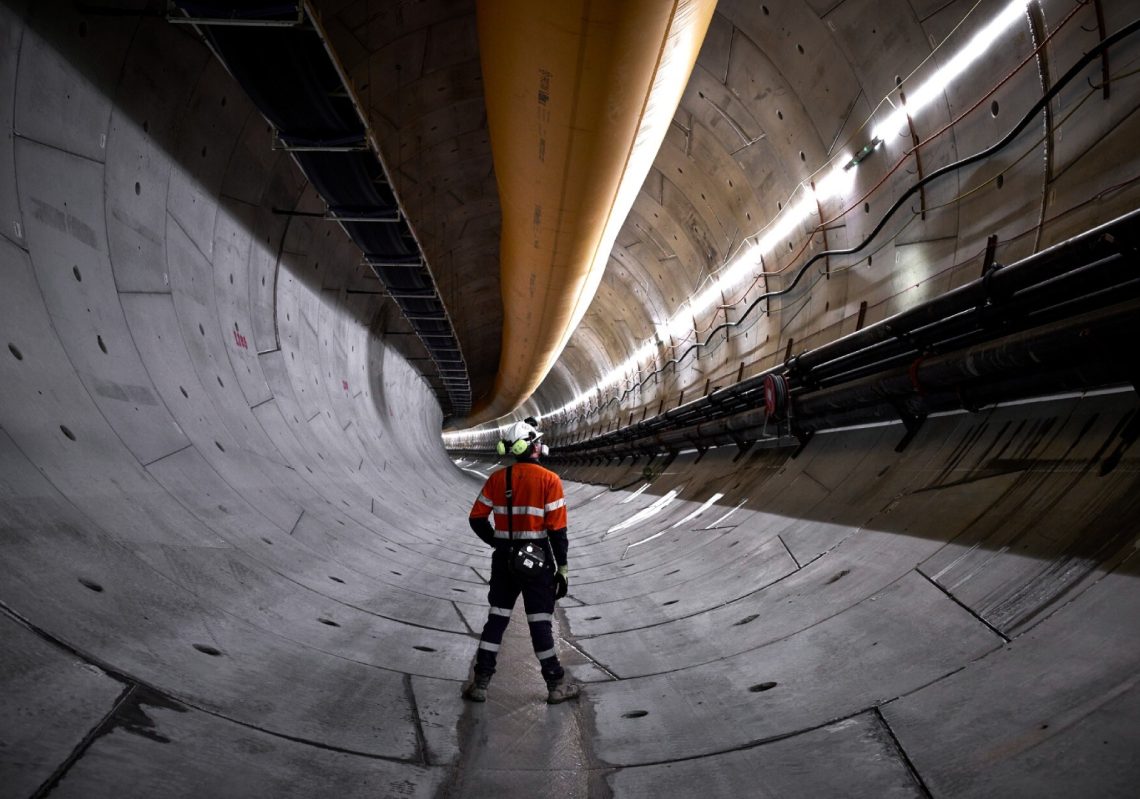With more than 40 km of tunnels and an immense underground power station, this hydroelectric project required some impressive innovation.
As developer of the Snowy 2.0 pumped-storage scheme, Italian infrastructure group Webuild and its client, Snowy Hydro Ltd are extending the legacy set decades ago by the original Snowy Mountains Hydro-electric Scheme by applying innovative solutions to one of the most challenging engineering endeavours in the world.
They are expanding a network of hydropower plants established under the original scheme and operated by Snowy Hydro Ltd, making Snowy 2.0 the largest committed renewable energy project in Australia.
Snowy 2.0 is a vital element of the government’s plan to achieve net-zero emissions by 2050. The electricity generated will provide support to solar and wind power, which are increasingly replacing coal as energy providers. A major advantage of hydropower is that it works continuously and isn’t reliant on sunshine or a steady breeze.
Once completed, Snowy 2.0 will increase by 2200 MW the generating capacity of the existing scheme of 4100 MW. It will have 350,000 MWh of large scale storage for the grid —enough energy storage to power three million homes for a week.
The same pioneering spirit
Webuild is excavating a network of more than 40 km of tunnels to connect the upper Tantangara Reservoir with the lower Talbingo Reservoir. Between the two, it’ll carve out a 485,000 m3 cavern to house a power station 700 metres underground.
Water released from the upper reservoir will flow down the tunnel to the power station and turn six Francis pump-turbines to produce electricity before emptying into the lower reservoir.
The water then gets pumped back up to the upper reservoir when there is surplus renewable energy production and demand for energy is low. This means Snowy 2.0 will be providing flexible, on-demand power by recycling water in a closed loop.
Just as the original Snowy Hydro pioneered new engineering technologies, so Webuild has achieved an industry first with its Force Activated Coupling System (FACS), which will strengthen the walls of the Inclined Pressure Shaft (IPS) through which the water will pass. The innovative system follows the many examples set by the original, such as rockbolting, which significantly improved tunnel and cavern lining support techniques to prevent excavated rock from collapsing.


The FACS will eliminate the need for a second lining along the segmental lining of the IPS, which will come under extreme pressure when water eventually surges through it to spin the power station’s turbines.
The redundant secondary lining is typically done after the installation of the primary lining that involves rings of pre-cast concrete segments covering the walls of the tunnel excavated by a tunnel-boring machine (TBM). The lining is either steel, or cast in-situ concrete with a rebar cage.
By eliminating the need for this lining, the FACS will allow for a faster completion of the tunnel. The FACS will also lead to an increase in the inner diameter of the tunnel, allowing for more water to pass.
The FACS consists of two pin-socket steel couplers. A set (one male and one female) is installed on the longitudinal sides of each pre-cast concrete segment produced at the factory in the town of Cooma.

The segments equipped with FACS are installed during the excavation of the tunnel by the tunnel boring machine just like ordinary segments. As they’re put into place, they lock into each other. Once the male coupler of one segment is slid inside the female socket of another, the inside of the coupler becomes compressed.
This provides the segments with tensile resistance, reducing the risk of the segments becoming misaligned and dislocated under the high internal transient pressure within the waterway.
Harnessing innovation
The IPS is 10 metres in diameter, 1.6 km long and at a 25 degree incline. It will be the largest of its kind in the world and facilitate the water’s return to the upper reservoir when the pump-turbines go into reverse.
The pressures and forces pushing against the segments lining its walls will be at their highest when the power station’s turbines are shut down and the water flow is suddenly stopped. This abrupt halt to the flow generates a transient water pressure surge and high pressure waves propagating along the tunnel above the power station.
During the 150-year lifetime of the project, millions of internal pressure oscillations are expected, making structural fatigue an important aspect to consider.

Engineering giant
Webuild is Italy’s largest infrastructure group, and a world leader in hydropower projects. Its 85,000 direct and indirect employees are present on every continent, building dams, hydroelectric plants, airports, bridges, metro systems, motorways and more.
In Australia, its works include Melbourne’s City Loop and North East Link, the award-winning skytrain viaduct and cable-stayed bridge for Sydney Metro Northwest and Perth’s Airport Line.
Find out more about how Webuild engineers are bringing Snowy Hydro 2.0 to life




